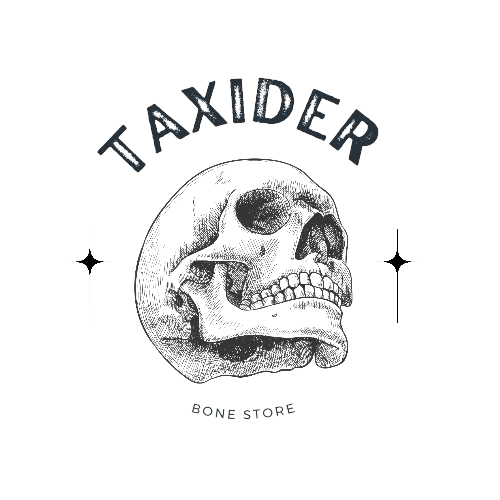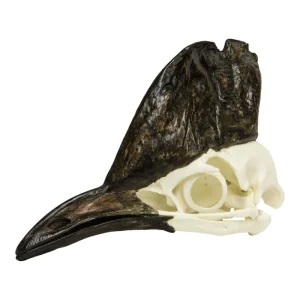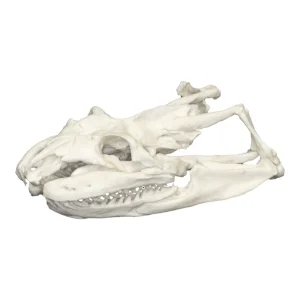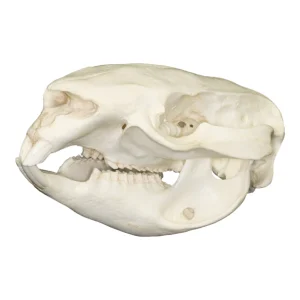Description
Buy Replica Teaching Quality Tiger Skull Online
Replica Teaching Quality Tiger Skull For Sale
A **replica teaching quality tiger skull** is an accurate and detailed reproduction designed for educational purposes. It showcases the tiger’s key anatomical features, including:
– **Large Canines**: Prominent, sharp canines used for gripping and tearing prey.
– **Carnassial Teeth**: Well-developed for slicing meat.
– **Robust Jaw Structure**: Strong mandible and wide zygomatic arches for powerful bite force.
– **Sagittal Crest**: A pronounced ridge where jaw muscles attach, enhancing bite strength.
– **Large Eye Sockets**: Forward-facing to reflect the tiger’s hunting and predatory skills.
Buy Replica Teaching Quality Tiger Skull Online
Made from durable materials like resin, these replicas are commonly used in biology classrooms, museums, and wildlife studies to teach students about the tiger’s role as an apex predator and its specialized adaptations.
Product Type: Replica
Real Tiger Skull for Sale
Product Material: High-quality Polyurethane resin
- Skull Length: 36.0cm (14.1in)
Siberian Tiger Skull
The skull of a Siberian tiger, scientifically known as *Panthera tigris altaica*, is distinctively large and robust, adapted for the powerful bite force and hunting prowess of this apex predator. Here are some of the notable features of the Siberian tiger skull:
### 1. **Size and Robustness**
– The Siberian tiger has one of the largest skulls among wild cat species, with males generally exhibiting larger skulls than females. The average skull length of a male Siberian tiger can range from around 370 to 400 mm (14.5 to 15.7 inches).
– Its skull is built to withstand and deliver force, with reinforced cheekbones and a broad cranium that supports powerful jaw muscles.
### 2. **Canine and Carnassial Teeth**
– The most striking feature of the skull is the large, sharp canine teeth. These can measure up to 3 inches in length and are used to grasp and puncture prey.
– Like all felids, Siberian tigers have well-developed carnassial teeth, the upper fourth premolars, and lower first molars, which are highly specialized for shearing flesh.
### 3. **Jaw Musculature**
– The shape of the skull, especially the sagittal crest (a ridge of bone on the top of the skull), serves as an anchor point for the large temporalis muscles. These muscles give the tiger its powerful bite force, allowing it to crush bone and tear through thick hides.







